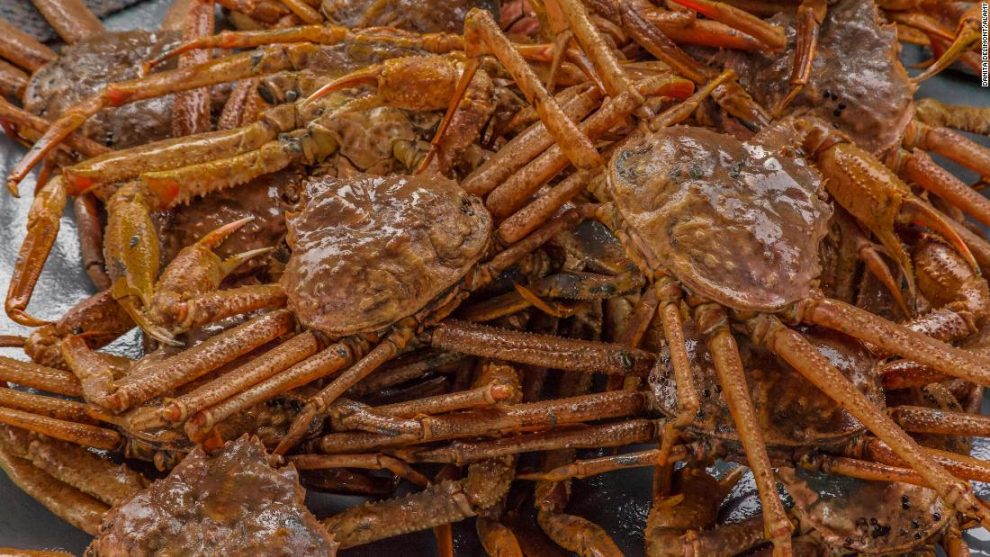So many snow crabs have disappeared from Alaskan waters that the Alaska Department of Fish and Game (ADF&G) has had to cancel the snow crab harvest for the first time. It is not known exactly why the crabs are disappearing so quickly but warming waters could be to blame.
In 2018, there were around 8 billion snow crabs (Chionoecetes opilio) scuttling along the floor of the Bering Sea. Last year, that number fell to just 1 billion – a population drop of more than 87 per cent.
The lack of crabs could be a result of particularly warm water in the Bering Sea in 2018 and 2019, says Miranda Westphal at ADF&G. The cold-water-loving crustaceans may have been limited to pockets of frigid water, which would reduce access to food and increase competition. That in turn could have made the crabs stressed and more susceptible to disease and predation, says Westphal.
Since the early 1980s, snow crab populations have crept northward by around 30 kilometres, according to the US Environmental Protection Agency, probably because the animals were searching for colder temperatures.
Alaska has also paused the harvest of red king crabs (Paralithodes camtschaticus) for the second year in a row, citing low numbers of mature female crabs. It isn’t yet clear how long the pause on snow crab harvests will last. Though it is an economic blow to the local fishing industry, officials say the move is necessary to protect the remaining crabs.
“It is likely that we will continue to see [snow crab] declines for the next 3 to 4 years,” says Westphal, who notes that ADF&G saw large number of young crabs during its survey this summer. “We are hopeful that if these small crab survive… the population will eventually rebuild.”
Story cited here.
























